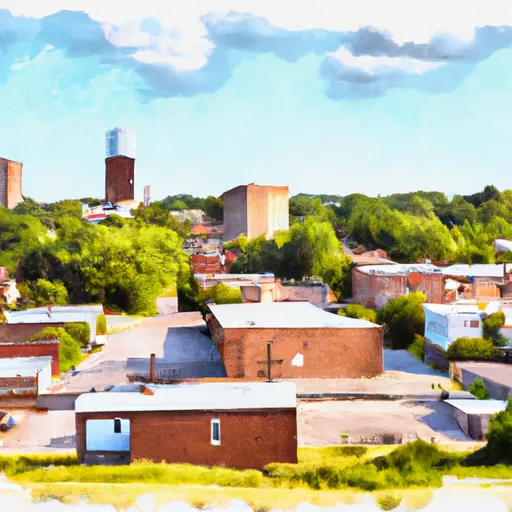°F
°F
mph
Windspeed
%
Humidity











Stover, Missouri is a small town located in Morgan County in the central part of the state. It experiences a humid subtropical climate, characterized by hot and humid summers and mild winters. The average high temperature in summer ranges from the mid-80s to low 90s Fahrenheit, while winter temperatures average in the 40s.
Hydrologically, Stover is situated near the Lake of the Ozarks, a vast reservoir formed by the Osage River. The lake is known for its clear waters and offers various recreational activities such as fishing, boating, swimming, and water sports. Additionally, the region is dotted with smaller lakes and streams, providing ample opportunities for outdoor water activities.
Apart from water-related activities, Stover and its surrounding areas offer a range of outdoor recreation opportunities. The region is home to several parks, hiking trails, and camping grounds, allowing visitors to enjoy activities like hiking, picnicking, wildlife watching, and camping. The nearby Mark Twain National Forest also provides opportunities for hunting, fishing, and exploring the natural beauty of the area.
Overall, Stover, Missouri presents a favorable climate and abundant hydrological features, making it an ideal destination for outdoor enthusiasts seeking a variety of recreational activities.
Weather Forecast
Stover receives approximately 1098mm of rain per year, with humidity levels near 83% and air temperatures averaging around 13°C. Stover has a plant hardyness factor of 6, meaning plants and agriculture in this region thrive during a short period during spring and early summer. Most plants will die off during the colder winter months.
Regional Streamflow Levels
154
Cubic Feet Per Second
15
Cubic Feet Per Second
361
Cubic Feet Per Second
66
Cubic Feet Per Second
Nearby Camping
| Camping Area | Reservations | Toilets | Showers |
|---|---|---|---|
| Caddo Drive - De Gray Lake | |||
| Arlie Moore - De Gray Lake | |||
| Edgewood - De Gray Lake | |||
| Iron Mountain - De Gray Lake | |||
| Ozan Point - De Gray Lake | |||
| Stephens - Lake Ouachita |



